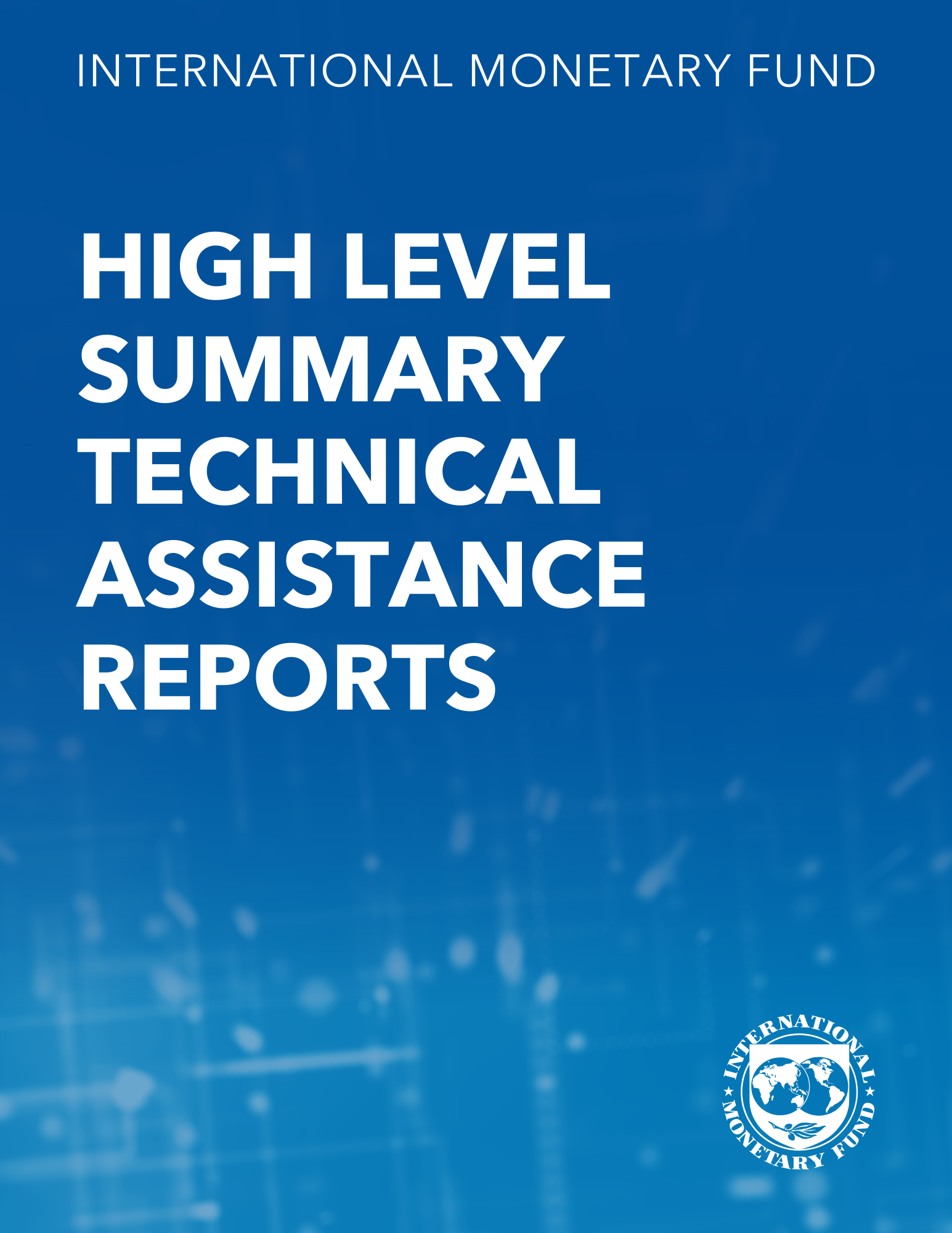Are Capital Inflows Expansionary or Contractionary? Theory, Policy Implications, and Some Evidence
October 23, 2015
Disclaimer: This Working Paper should not be reported as representing the views of the IMF.The views expressed in this Working Paper are those of the author(s) and do not necessarily represent those of the IMF or IMF policy. Working Papers describe research in progress by the author(s) and are published to elicit comments and to further debate
Summary
The workhorse open-economy macro model suggests that capital inflows are contractionary because they appreciate the currency and reduce net exports. Emerging market policy makers however believe that inflows lead to credit booms and rising output, and the evidence appears to go their way. To reconcile theory and reality, we extend the set of assets included in the Mundell-Fleming model to include both bonds and non-bonds. At a given policy rate, inflows may decrease the rate on non-bonds, reducing the cost of financial intermediation, potentially offsetting the contractionary impact of appreciation. We explore the implications theoretically and empirically, and find support for the key predictions in the data.
Subject: Balance of payments, Bonds, Capital controls, Capital inflows, Central bank policy rate, Exchange rates, Financial institutions, Financial services, Foreign exchange
Keywords: bond flow, bond inflow, Bonds, capital controls, capital inflows, central bank, Central bank policy rate, exchange rate, exchange rate appreciation, Exchange rates, foreign exchange intervention, FX intervention, Global, inflows lead, rate of return, WP
Pages:
24
Volume:
2015
DOI:
Issue:
226
Series:
Working Paper No. 2015/226
Stock No:
WPIEA2015226
ISBN:
9781513500805
ISSN:
1018-5941






